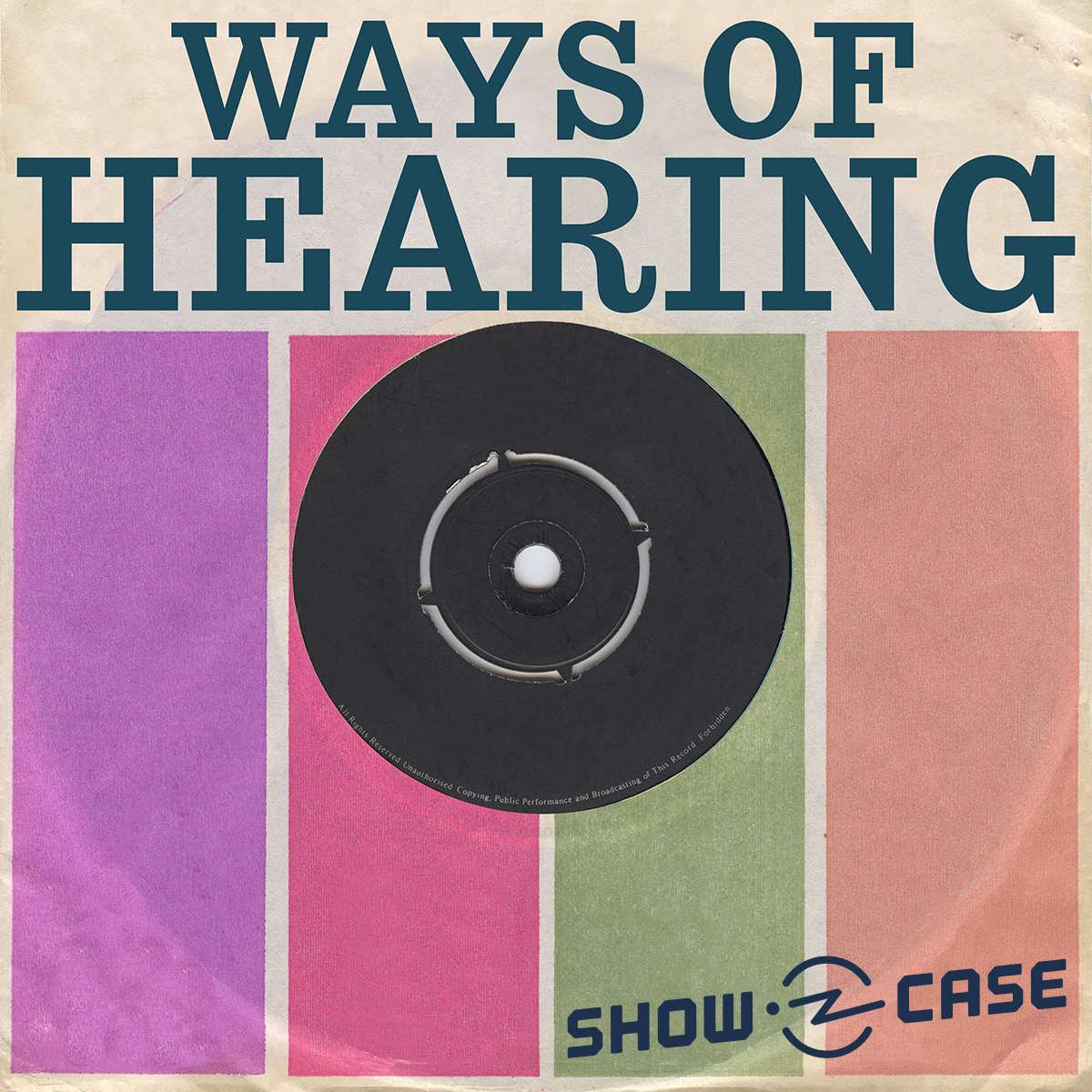
The only rules were those laid down by the FCC regarding profanity and station identification. These new “underground” jockeys began to manipulate their playlists to feature a broad range of genres interspersed with political and cultural discussions, comedy and interviews. The style came to be known as freeform. There was no preset playlist schedule to follow. Programmers could no longer take the lazy route of repetitiously spinning Top 40 banality, they were forced to begin experimenting. Many gave disc jockeys more freedom and control over the material on their shows. This little remembered event was a key moment in the cultural formation of the 1960s and early 1970s (and my life!). Once passed the FM Non-Duplication Rule required FM stations to broadcast original content over 50% of their broadcast day. Not all stations resisted, WBAI in New York and Pacifica stations in California were early adopters for example, but powerful owners did manage to delay official enactment until January 1, 1967. The rule, emerging in the midst of the civil rights struggles, was at first vigorously opposed by many established AM/FM affiliate stations as an egregious example of government overreach, not to mention the financial costs of hiring new staff and DJs.

Everything began to change in 1964 when the FCC moved to enact a non-duplication rule in an effort to broaden the chances for under-represented demographics to be served. AM simply duplicated their programming onto the FM band in an effort to broaden audiences. In the early days most FM and AM stations were owned by the same broadcasting companies.
#99 percent invisible free
Coinciding with the youth backlash against the sterile consumerism of the 1950s, against the “plastic people” as the Mothers of Invention coined them, listeners were primarily urban kids, many recently radicalized by the civil rights, free speech and anti-Vietnam war movements, many others were just lovers of provocative thought and music. In the mid-1960s FM radio featured a handful of “progressive” or “freeform” programs that became foundational influences on a growing counter-cultural generation.


 0 kommentar(er)
0 kommentar(er)
